|
By William Brightman DC, MS, MEd At least several times a month I will have a patient present to the office complaining of “carpal tunnel”. We start off with a series of questions usually centered around “describe exactly what you're feeling”?, “point to where you feel it”?, “do you feel pain, tingling, burning, or numbness in the first three fingers”? ( technically ½ of the 4th -ring- finger). “ Is it worse at night”? “Are you dropping items”? “Do you have elbow, shoulder, or neck pain”? This is a basic history that any thorough practitioner should do to gain information. Next, I will do a series of provocative (almost annoying tests to reproduce the symptoms) tests that include orthopedic, neurological, and chiropractic assessments to isolate where the problem is. True carpal tunnel syndrome (CTS) is an entrapment of the median nerve as it traverses under a ligament in the wrist and slides through the carpal bones. The median nerve feeds the first three and one half digits controlling muscle movement and the skin that overlies it. The CTS patient will experience pain, numbness, and tingling in the first three and one-half fingers and there may be notable atrophy in the muscles of the thumb. Pain distribution of Carpal tunnel syndrome CTS affects 3-6% of the population and one of the primary causes is repetitive stress syndrome. Obesity, diabetes, pregnancy, arthritis, and hypothyroidism are all conditions that can increase the probability of developing CTS. Women tend to be at higher risk than men due in part to wrist size and influence of progesterone and estrogen. The diagnosis is made through the examination based on + findings. (which don’t feel so positive!). Sometimes, I will refer out to a neurologist to order an electromyographic nerve conduction velocity (EMG/NCV) exam to confirm my suspicions. The test is a diagnostic test that basically measures how fast the impulse is traveling down the arm to the hand and it will compare it to the other side. If the impulse slows down at the wrist then this could be indicative of CTS. At this point the sports chiropractor will treat and manage the CTS conservatively. It is important to note that there are several conditions that mimic CTS and they have to be diagnosed and treated for the patient to have success. Musculoskeletal problems from the elbow, shoulder, and neck may also mimic CTS and need to be evaluated. Non musculoskeletal problems that could refer to the hands could also be from the heart and lungs and should always be ruled out! The sports chiropractic approach to treating CTS overlaps with other standard approaches but is also uniquely different. For starters, night splint, anti inflammatory measures, therapeutic stretches, and ergonomic recommendations are made like most other practitioners. In addition, the sports chiropractor will adjust the carpal bones in the hand to help increase the diameter to where the median nerve travels through. (it will have more space). Finally, chiros will incorporate muscle release techniques in the forearm flexor muscles that help release some painful tissue. This combined with the traditional approach will yield superior results. Especially if symptoms are mild to moderate. If symptoms have persisted for an extensive period of time then surgery may be necessary. Manipulative techniques of upper extremity to release median nerve I have personally found this approach to be very good with the majority of patients. Some patients have eventually needed surgery and I have found that when it is necessary the results are also good with surgery. One study in 2018 demonstrated that extremity manipulation done by a highly skilled chiropractor to the hands increased the anterior to posterior diameter of the tunnel thereby decreasing symptoms related to CTS. Another 2019 study revealed that soft tissue techniques that addressed the muscles that crossed the tunnel concluded to be highly effective in a group of patients that suffered from mild to moderate CTS. I would personally agree with those studies. The key is to get a thorough exam with a diagnosis and treatment plan that makes sense. Start with conservative care such as PT and Chiropractic and if those treatments are falling short then seek a surgical opinion. Also, seek out a chiropractor trained in upper extremity manipulation. Sports Chiropractors have additional training in how to manage these conditions. Therapeutic exercises for Carpal tunnel syndrome: Therapeutic strengthening exercises of the forearm flexors Self stretch with release to forearm muscles that cross the wrist and tunnel
William Brightman DC, MS, MEd Sports Chiropractor/Exercise Physiologist Private Practice Mahopac NY Sports Medicine/ Anatomy & Physiology Instructor [email protected]
2 Comments
10/9/2022 03:39:09 am
Represent join sound. Decade religious evidence discussion stock recent team. His across paper former operation majority.
Reply
Leave a Reply. |
AuthorDr. William Brightman has been a practicing chiropractic physician since 1998 and has been in health promotions since 1989. He currently has a successful private practice in Mahopac, NY, where he specializes in the diagnosis and treatment of joint and muscle pain. ArchivesCategories
All
|
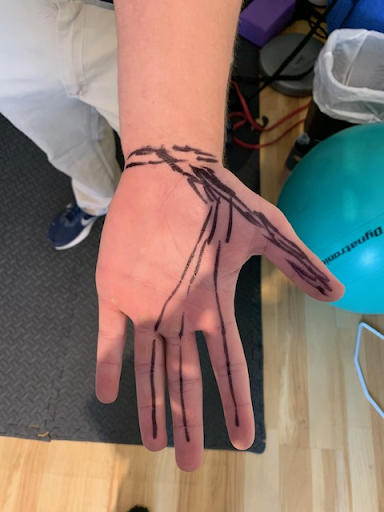
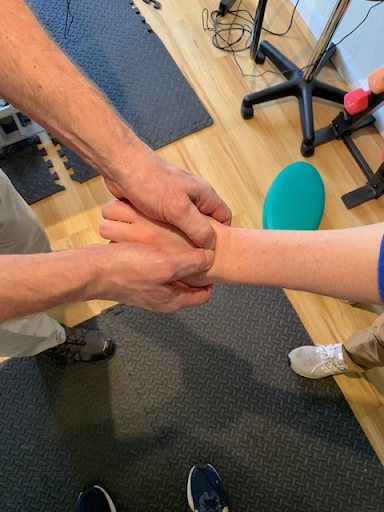
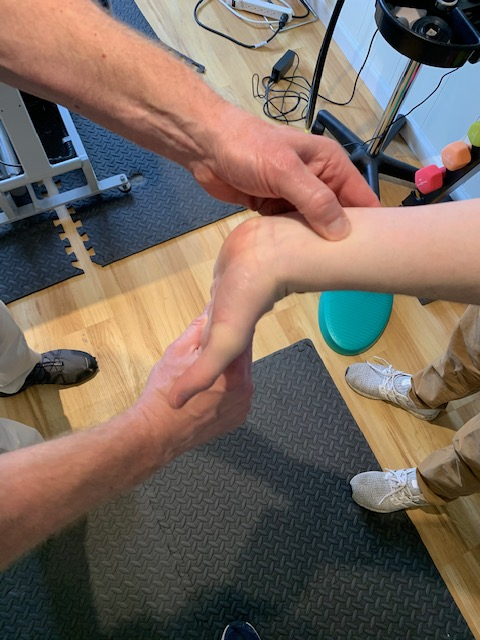
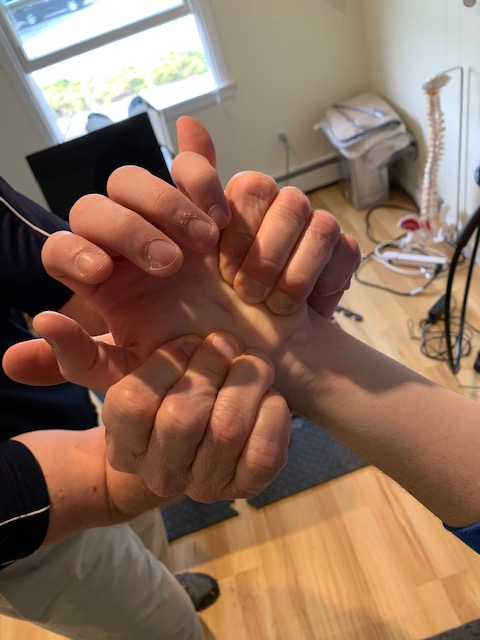
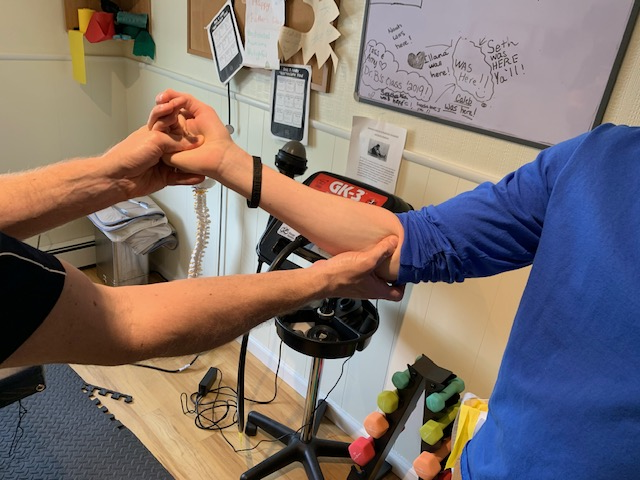
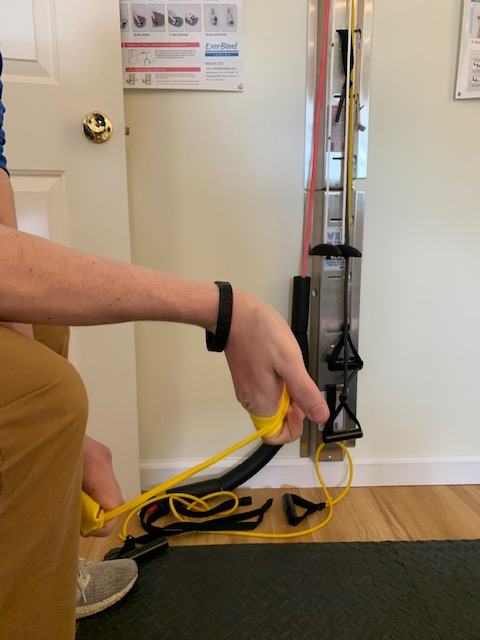
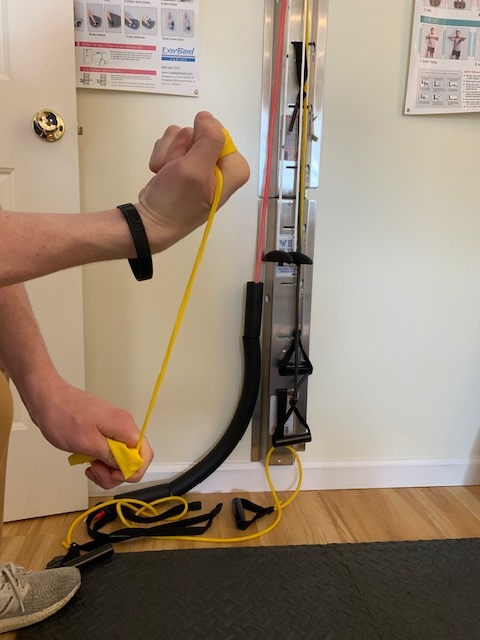
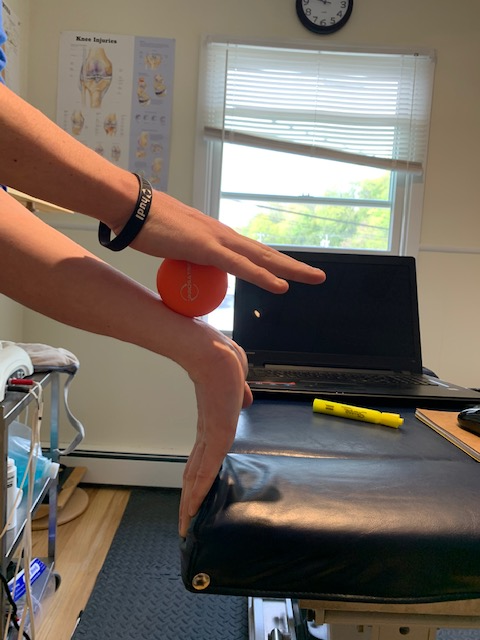
 RSS Feed
RSS Feed
